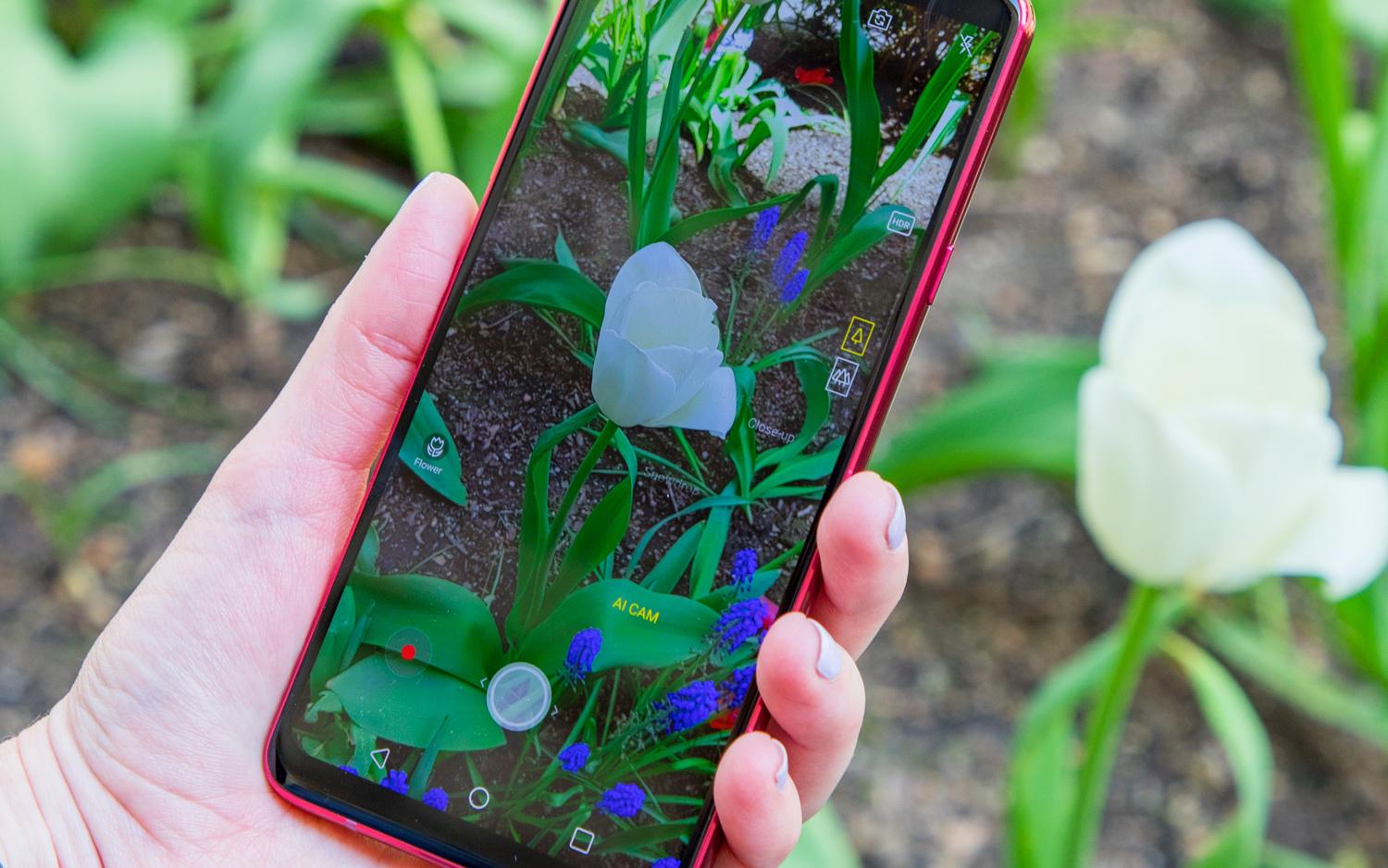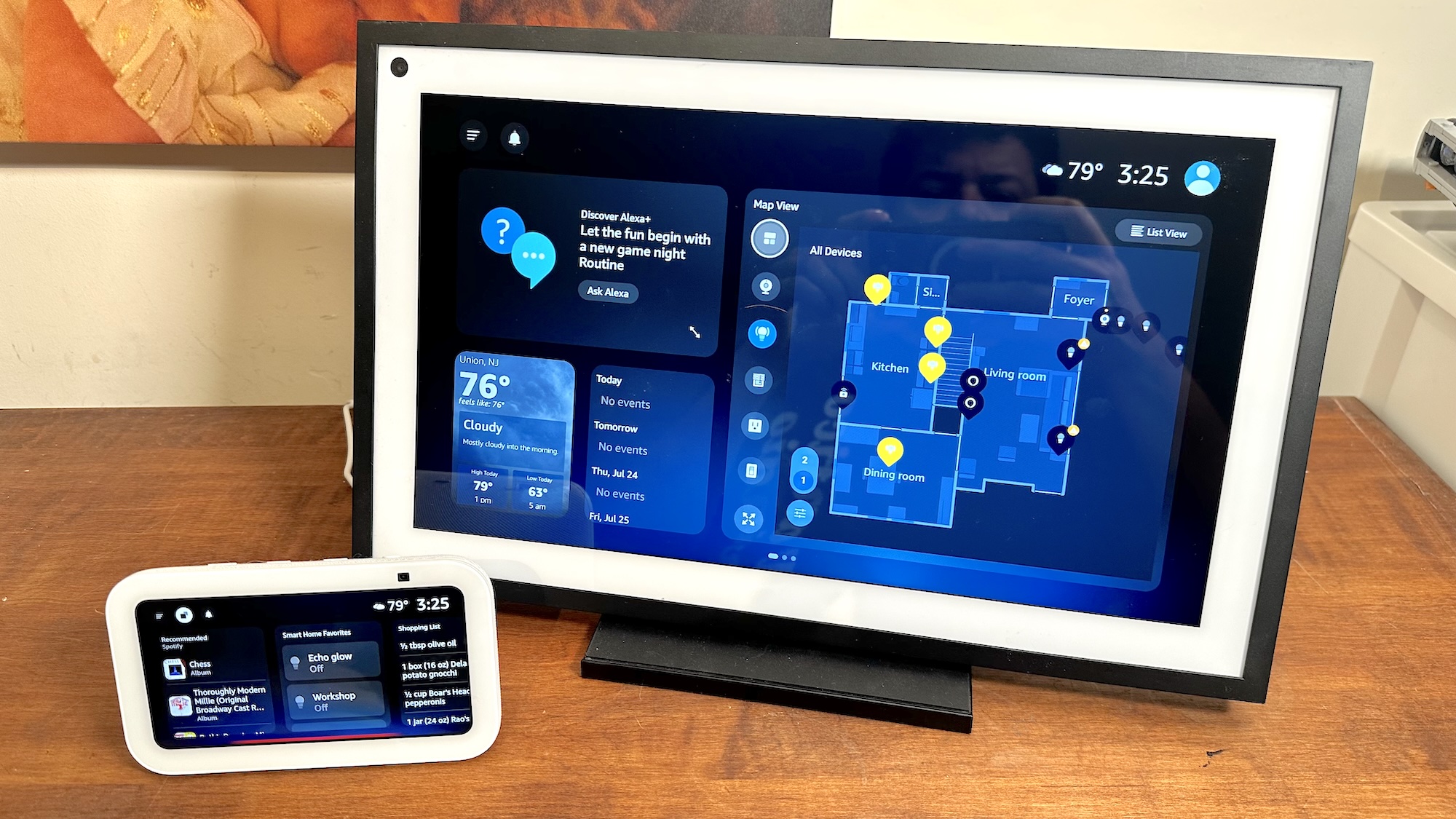Galaxy S9 Killer? The LG G7 ThinQ Can’t Even Beat Last Year’s Phones
The LG G7 ThinQ is festooned with features and sorta looks like an iPhone X, and that’s not a recipe for success.
I try not to judge based on appearances, but my introduction to the weirdly named LG G7 ThinQ started out pretty sad. As I stood in line for the launch event for this new flagship last week, I saw maybe 75 people in line to get into a small venue in New York City. No TV trucks. Very few people live blogging in line. It was just another phone launch.
And that’s not a good sign for a company that’s competing against the likes of Samsung and Apple.

The G7 ThinQ has some things going for it, but overall it’s emblematic both of LG’s decline in mobile and the malaise that’s gripping the phone industry.
"Aside from audio quality, it doesn't really stand out from other flagship phones." —Avi Greengart, GlobalData
Let’s start with with the good news. The ThinQ part of the name isn’t just for show. This Android phone’s AI camera is smart enough to recognize more than 1,000 objects and then choose a scene mode for you to get the best shot. Sure enough, a photo of flowers looked better from the G7 ThinQ than the Galaxy S9.
If you want a phone that gets loud, the G7 ThinQ’s Boombox speaker will surely impress. It blows away other phones in terms of pure volume. And when you plug in headphones, you can enjoy 3D surround sound.
But things go downhill from there.
“The G7 ThinQ has pretty much every feature you could ask for and an updated narrow, notched display,” said Avi Greengart research director of consumer platforms and devices at GlobalData. “That said, aside from audio quality, it doesn't really stand out from other flagship phones, and LG's brand lags behind Apple and Samsung.”
Get instant access to breaking news, the hottest reviews, great deals and helpful tips.
Unfortunately, the G7 ThinQ’s camera produced overly noisy photos in low light, despite boasting pixel binning tech that’s designed to quadruple light sensitivity.

And about that notch. It’s clear that LG was attempting to copy the look of the iPhone, even though you can customize that area with different colors. As our reviewer Caitlin McGarry notes, this is absolutely not a “second screen” as LG calls it. The Galaxy S9 looks damn sexy without a notch.
MORE: Here Are the 10 Best Phones Available
“It still feels like most other Android smartphones, and that is its downfall,” said Ramon Llamas, research director for mobile devices at market research firm IDC. “Yes, the display is bright, and the AI features are easy to use. But then again, most other smartphones are going in this direction too. So where is the differentiation?”
Actually, the G7 ThinQ is differentiated in one way. LG says that it will offer regular software updates to the handset — and not just to keep you secure. The company will be adding new features over the life of the device, which could at least partially cure Android evy when the next hyped flagship hits shelves.
But the G7 ThinQ also falls down on the fundamentals, including battery life. The phone lasted just 8 hours and 35 minutes on the Tom’s Guide Battery Life Test, which consists of continuous web surfing over 4G. That’s more than an hour less than the average phone and way behind the Galaxy S9’s 10:52 time.
“It still feels like most other Android smartphones, and that is its downfall." —Ramon Llamas, IDC
The best thing going for the G7 ThinQ may be a relative void in the U.S. market. “HTC is fading, Google has limited distribution and key Chinese competitors are being kept out,” Greengart said.
LG has other advantages it can leverage, such as the connections it’s making between its appliances with the ThinQ brand. It’s trying to demonstrate that its products will work better together, whether it’s a smart fridge or an OLED TV. But Samsung has a similar initiative underway with Bixby 2.0.
And this strategy only works if you have a phone that shoppers covet. And based on our testing, the LG G7 ThinQ is not that.
Image Credits: Tom's Guide
Mark Spoonauer is the global editor in chief of Tom's Guide and has covered technology for over 20 years. In addition to overseeing the direction of Tom's Guide, Mark specializes in covering all things mobile, having reviewed dozens of smartphones and other gadgets. He has spoken at key industry events and appears regularly on TV to discuss the latest trends, including Cheddar, Fox Business and other outlets. Mark was previously editor in chief of Laptop Mag, and his work has appeared in Wired, Popular Science and Inc. Follow him on Twitter at @mspoonauer.
-
rjuliano.rj I have a LG V20. I have already bought other devices such as Note 8, but I still use V20. It's second screen, camera and sound quality make me still use it. Despite all your analyses on G7 I preffer to hold it and have my own impressions, because when we daily make use of a device it's different from theory.Reply -
dewdude It's issue is it's LG. I've had horrible luck...my current one for example is 3 months old...already annoyingly defective...and LG doesn't want to be very kind about it.Reply
Someone asked why LG is still in the smartphone buisness. I have to agree.

